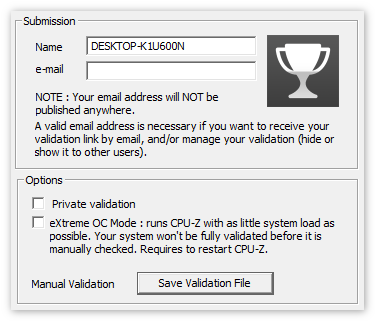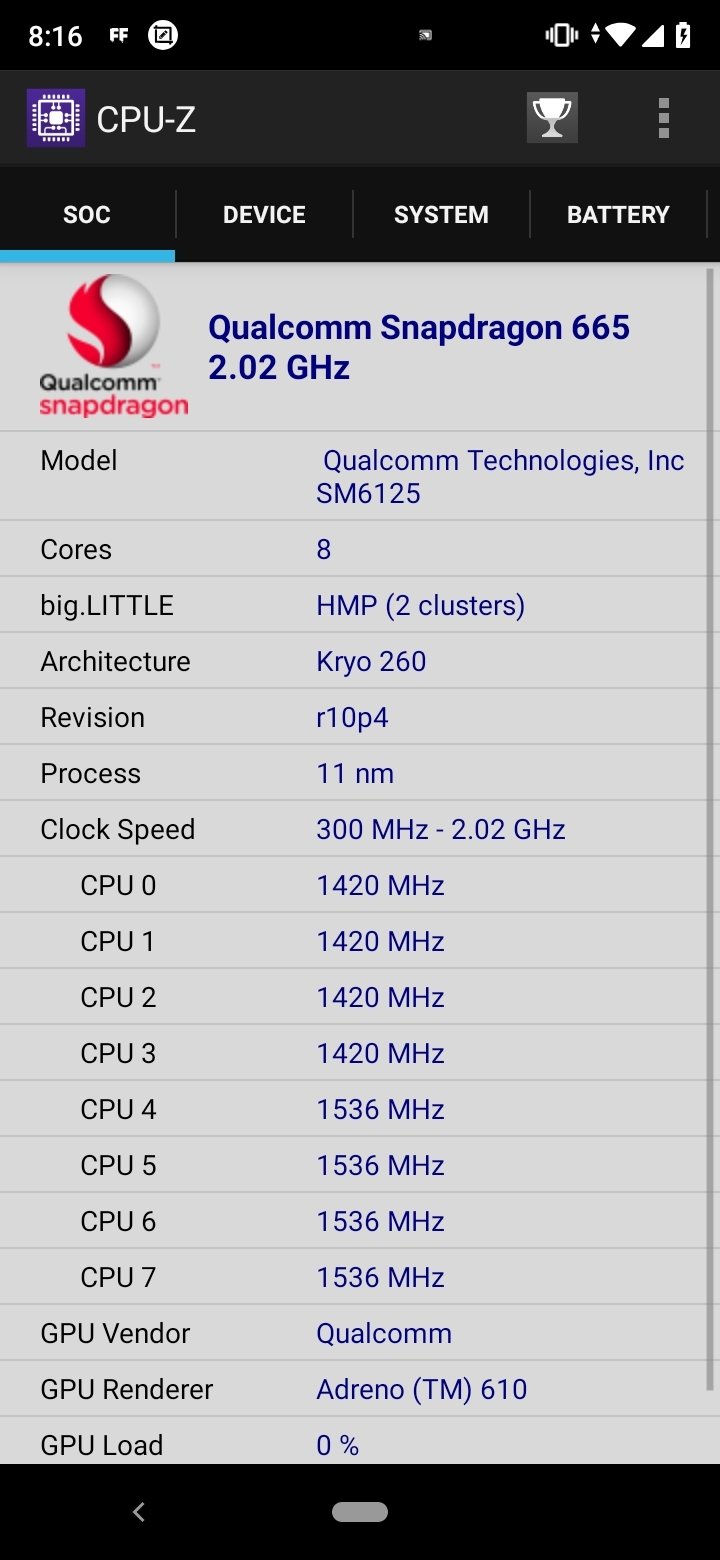

Special hardware monitors such as abit® uGuru and Gigabyte® ODIN™ power supplies serie are supported too.


In addition, it can read modern CPUs on-die core thermal sensors, as well has hard drives temperature via S.M.A.R.T, and video card GPU temperature. It doesn't offer any extras, but it does give you a quick way to get this information in one place.The program handles the most common sensor chips, like ITE IT87 series, most Winbond ICs, and others. If you want a cheap way to check up on your graphics card and GPU, GPU-Z is a good option. If you don't know what Texture Fillrate means or why you should care about it, GPU-Z isn't a software you need. There's no Help file and no explanation for the information you see. Not useful for everyone: This isn't a tool for the novice. Install options: As soon as you open the GPU-Z file, you'll have the option to run it without installation or choose to install it, so you'll have Start menu access. The only user options are to adjust the sensor refresh rate, along with two checkboxes, one to refresh the screen while GPU-Z is in the background and one to log data to a file. The information, which ranges from the BIOS version to the memory type and size, is shown as soon as you launch the software, and you don't have to do anything else but view that data. Streamlined presentation: It may not have the most attractive interface, but GPU-Z's small tabbed window presents its information in a straightforward, easy-to-read way. GPU-Z provides easy access to comprehensive information about your GPU and video card.


 0 kommentar(er)
0 kommentar(er)
